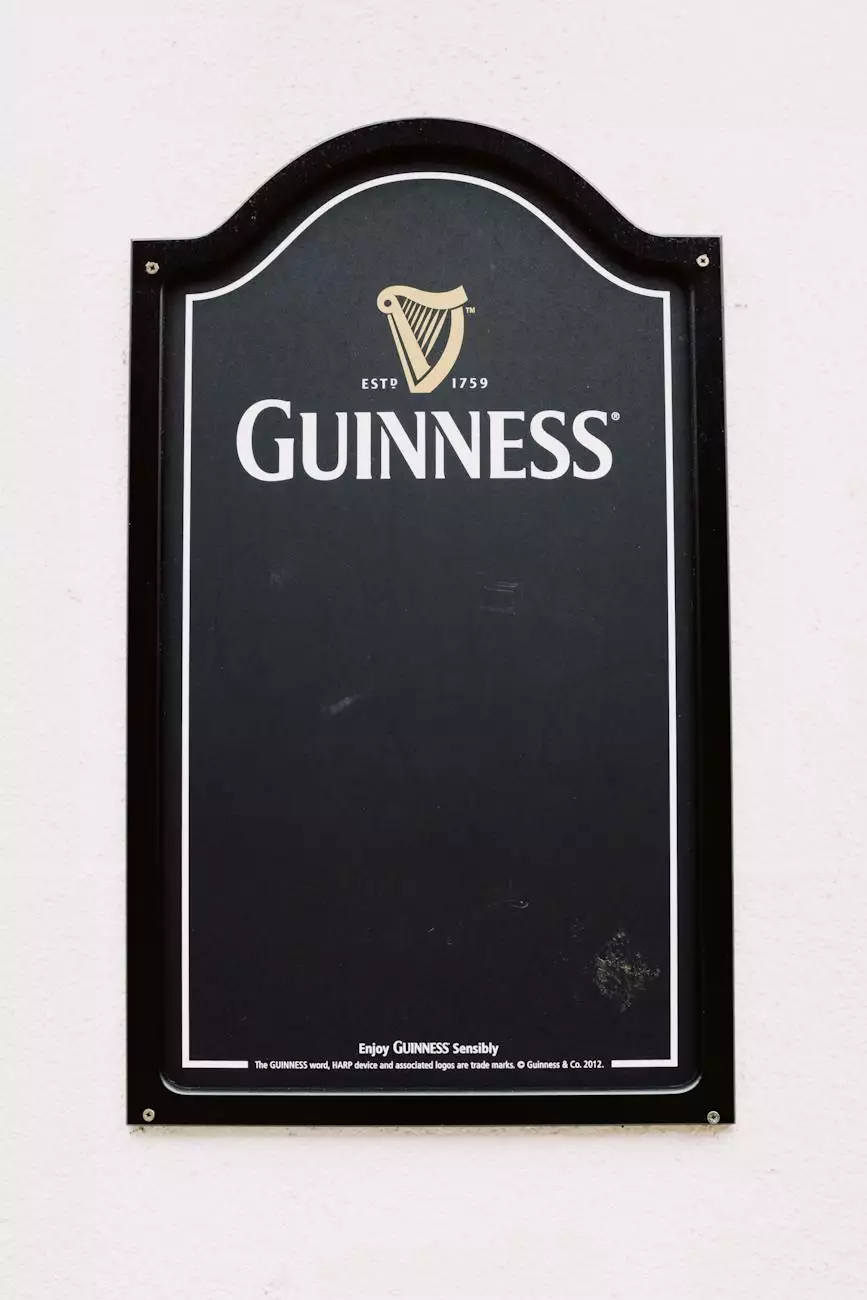Top 5 Ways to Segment Email Lists - B2B Best Practices
Blog
Welcome to Creative Design, one of the leading creative design companies in Malaysia. We specialize in providing exceptional graphic design services that help businesses stand out in the competitive market. In this article, we will explore the top 5 ways to effectively segment your email lists for B2B businesses, and how it can significantly enhance your marketing strategy.
1. Demographic Segmentation
Demographic segmentation involves dividing your email list based on various demographic factors such as age, gender, location, occupation, and income. By understanding your target audience's demographic profiles, you can create personalized and targeted email campaigns that resonate with their specific needs and preferences. For example, if you offer B2B services in multiple locations, you can tailor your emails to address the specific requirements of each location.
2. Firmographic Segmentation
When targeting B2B customers, it is essential to utilize firmographic segmentation. This segmentation strategy involves categorizing your email list based on company-specific information, such as industry, company size, revenue, and organizational structure. By segmenting your email list using firmographic data, you can customize your messaging and offers to align with the unique challenges and goals of different organizations. This level of personalization demonstrates that you understand your target audience's business landscape, increasing the chances of engagement and conversions.
3. Behavioral Segmentation
Behavioral segmentation focuses on understanding and categorizing your email list based on the actions and behaviors they exhibit. This includes factors such as purchase history, website browsing patterns, email engagement, and response rates. By segmenting your email list according to behavioral data, you can deliver highly targeted and relevant content that addresses your subscribers' specific interests and needs. For instance, if a segment of your email list has shown interest in a particular product category, you can send them personalized recommendations or exclusive offers related to their preferences, increasing the chances of conversion.
4. Psychographic Segmentation
Psychographic segmentation involves segmenting your email list based on your subscribers' attitudes, beliefs, interests, and lifestyle choices. By understanding the psychographic profiles of your target audience, you can create highly personalized email campaigns that connect with their emotions and values. This segmentation approach allows you to deliver content that resonates with your subscribers on a deeper level, fostering strong brand loyalty and advocacy. For example, if your B2B company focuses on sustainability and environmental consciousness, you can create email campaigns that highlight your eco-friendly practices, attracting like-minded customers.
5. Lifecycle Stage Segmentation
Segmenting your email list based on the lifecycle stage of your subscribers can significantly impact the effectiveness of your email campaigns. By categorizing subscribers into different stages such as new leads, potential customers, and loyal customers, you can create targeted content that guides each segment through their unique customer journey. For instance, new leads might benefit from informative and educational content to nurture their interest, while loyal customers can be rewarded with exclusive offers and loyalty programs to maintain their satisfaction and encourage repeat business.
As a B2B business, leveraging the power of email list segmentation can transform your marketing strategy and drive better results. At Creative Design, we offer comprehensive email marketing solutions, including creative designing services, to help you optimize your email campaigns through effective list segmentation. Contact us today to learn more about our services and how we can elevate your B2B marketing efforts.




